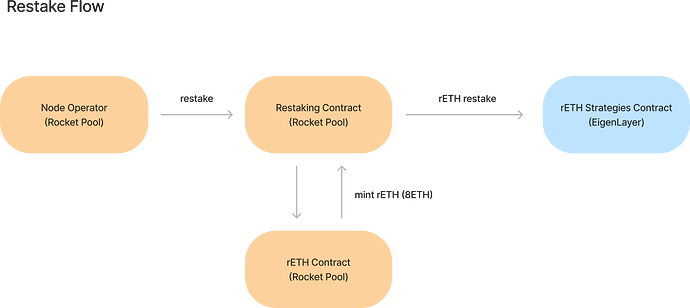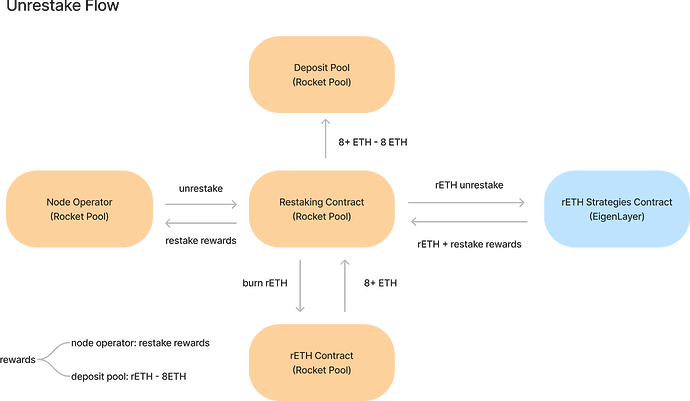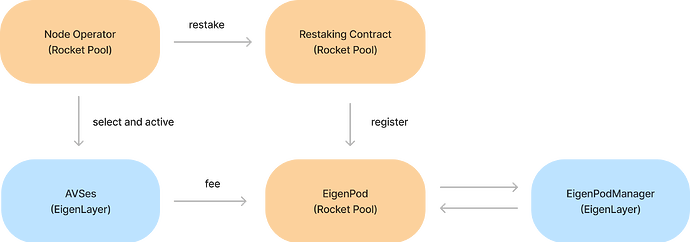My thoughts on the GMC's role in this vote
So on the GMC I voted to:
- defer decision on the Eigenlayer bounty until the next reward period for further discussion
- subsequently decline to extend discussion about the bounty
- subsequently decline to fund the revised eigenlayer bounty
I was overruled in all three votes, but I think that the GMC, in approving this bounty, worked exactly as it should have.
The GMC knew this was a contentious issue, had significant discussion internally and externally at short notice, attempted to reconcile the sides and even placed appropriate safeguards to ensure pDAO oversight was maintained before enacting. The GMC is delegated responsibility of a fairly narrow scope, but that responsibility is not negated by a topic being potentially contentious- in fact, it is probably more important that the GMC weighs in on those issues.
This would be a contentious issue regardless of who was in the GMC or which superdelegates fell on which side of the divide. The contention is over what is the right path forward for Rocket Pool.
And I should add, the pDAO is now working exactly as it should- by providing oversight of the GMC.
My conclusion is that this whole ‘episode’ is actually an example of good, if messy, governance.
The only part that I think is unfortunate is that both sides agree that the bounty as written could be improved with the benefit of time, hindsight, and more eyes on it; whether the bounty is ultimately approved or denied, the fact that we are not voting on the best available path forward is disappointing.
I am voting for funding the 10k research despite the fact that it is too fixated on presigned exit messages- the part i think is critical is “centralization trade-offs, capital efficiency analysis, protocol risks”; I am voting against funding the subsequent bounty as written. Pending the results of the research, I think we should move forward with some integration, with a new bounty, with Rocket Pool’s concerns being foremost. Essentially, we can allow our NOs to take extra risk as long as it doesn’t significantly impact protocol risk.
To me this is largely about mitigation. If we ignore EigenLayer, it is pretty easy to foresee a third party making a contract that NOs can point their withdrawals to, which would be markedly worse than us choosing appropriate levels of collateral.
It is also also easy to see RP setting rules that disallow restaking by its node operators at threat of forced exiting. This would essentially set the stage for a war between two large parts of the ecosystem, and if the last year is any indication Rocket Pool will not come out well from that confrontation.
I think it is likely that by maximizing our collateral with new tokenomic changes we will be able to offer restaking at appropriate collateral levels, but also ensure that creating rETH is more attractive than restaking for most NOs.


